25 Wilton Road, Victoria, London, SW1V 1LW
Willow Walk was originally the causeway across the marshy ground leading to Westminster Abbey. By the 18th century, the causeway had been replaced by the tree-lined thoroughfare called Willow Walk, in the area which was to become known as Victoria.
An illustration and text about The Willow Walk.
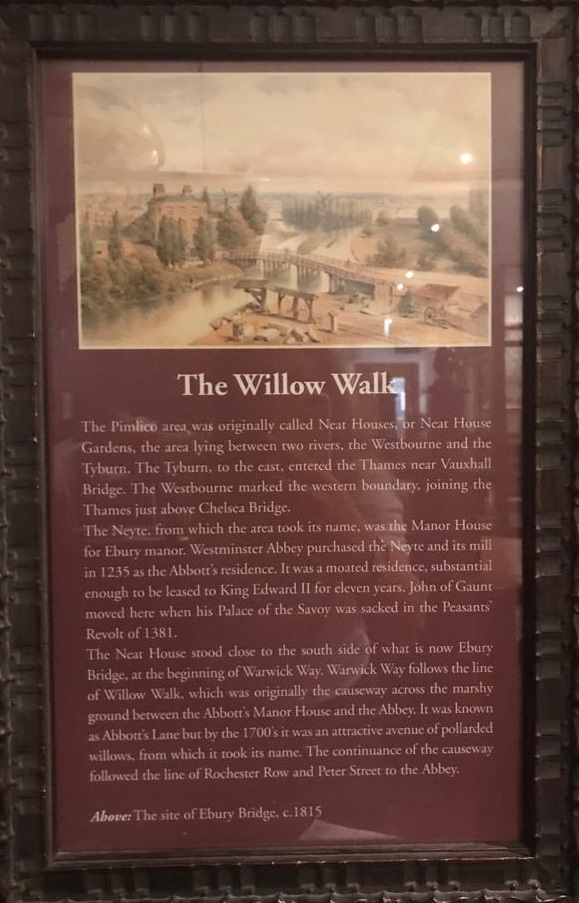

The text reads: The Pimlico area was originally called Neat House Gardens, the area lying between two rivers, the Westbourne and the Tyburn. The Tyburn, to the east, entered the Thames near Vauxhall Bridge. The Westbourne marked the western boundary, joining the Thames just above Chelsea Bridge.
The Neyte, from which the area took its name, was the Manor House for Ebury manor. Westminster Abbey purchased the Neyte and its mill in 1235 as the Abbott’s residence. It was a moated residence, substantial enough to be leased to King Edward II for 11 years. John of Gaunt moved here when his Palace of the Savoy was sacked in the Peasant’s Revolt of 1381.
The Neat House stood close to the south side of what is now Ebury Bridge, at the beginning of Warwick Way follows the line of Willow Walk, which was originally the causeway across the marshy ground between the Abbott’s Manor House and the abbey. It was known as Abbott’s Lane but by the 1700s it was an attractive avenue of pollard willows, from which it took its name. the continuance of the causeway followed the line of Rochester Row and Peter Street to the Abbey.
Above: The site of Ebury Bridge, 1815.
An illustration and text about the royal approval.
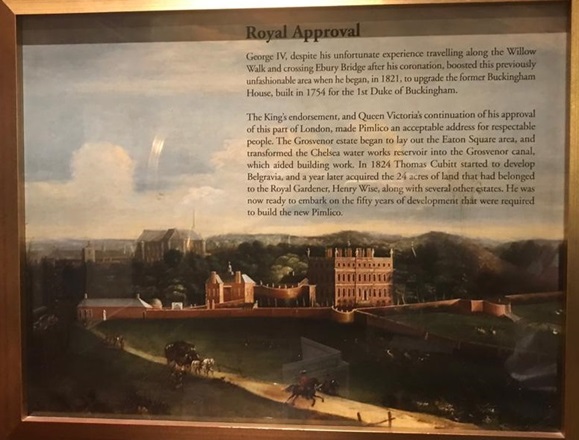
The text reads: George IV, despite his unfortunate experience travelling along the Willow Walk and crossing Ebury Bridge after his coronation, boosted this previously unfashionable area when he began, in 1821, to upgrade the former Buckingham House, built in 1754 for the 1st Duke of Buckingham.
The King’s endorsement, and Queen Victoria’s continuation of his approval of this part of London, made Pimlico an acceptable address for respectable people. The Grosvenor estate began to lay out the Eaton Square area, and transformed the Chelsea water works reservoir into the Grosvenor canal, which aided building work. In 1824 Thomas Cubitt started to develop Belgravia, and a year later acquired the 24 acres of land that had belonged to the Royal Gardener, Henry Wise, along with several other estates. He was now ready to embark on the fifty years of development that were required to build the new Pimlico.
Prints and text about Victoria Station.

The text reads: Railways reached this area in 1860, when the Grosvenor railway bridge, the first over the Thames opened. The presence of the new station changed the face of Pimlico. Now they could commute into town, residents began to drift away to leafier suburbs south of the river. At the same time, the station encouraged the development of warehousing and, along with the Grosvenor Canal, a medley of industries, including breweries, marble works, coach-building and iron foundries.
The railways also led to an increase in offices – headquarters offices for the railway and building companies, engineering firms, government offices and more besides as people could move in and out of Westminster with ease.
The area also became, once again, a resort for pleasure seekers. From the mid 1800s to the present day, Victoria has been a leading venue for cinema and theatre entertainment.
Top: The Victoria Station Cartoon Cinema
Above: Steam Punk at the Apollo Victoria Theatre.
Illustrations and text about the history of Pimlico.
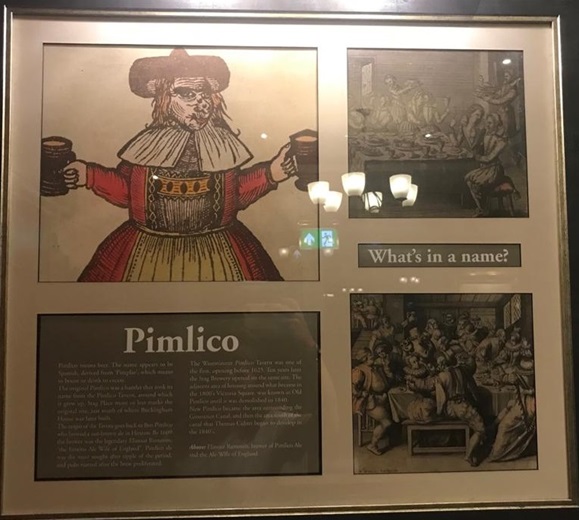
The text reads: Pimlico means beer. The name appears to be Spanish, derived from ‘pimplar’, which means to booze or drink to excess.
The original Pimlico was a hamlet that took its named from the Pimlico Tavern, around which it grew up. Stag Place more or less marks the original site, just south of where Buckingham House was later built.
The origin of the tavern goes back to Ben Pimlico who brewed a nut-brown ale in Hoxton. By 1609 the brewer was the legendary Elinour Rummin, “the famous Ale Wife of England”. Pimlico ale was the most sought after tipple of the period, and pubs named after the brew proliferate.
The Westminster Pimlico Tavern was one of the first, opening before 1625. Ten years later the Stag brewery opening on the same site. The adjacent area of housing around what became in the 1800s Victoria Square was known as Old Pimlico until it was demolished in 1840.
New Pimlico became the area surrounding the Grosvenor Canal, and then the area south of the canal that Thomas Cubitt began to develop in the 1840s.
Above: Elinour Rummin, brewer of Pimlico Ale and the Ale Wife of England.
A photograph of Belgrave Road, 1910.
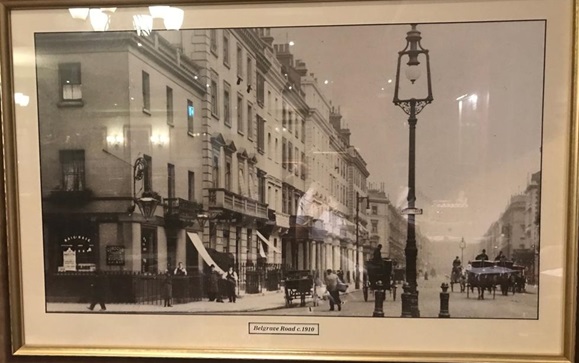
A photograph of the Victoria District Line underground station.
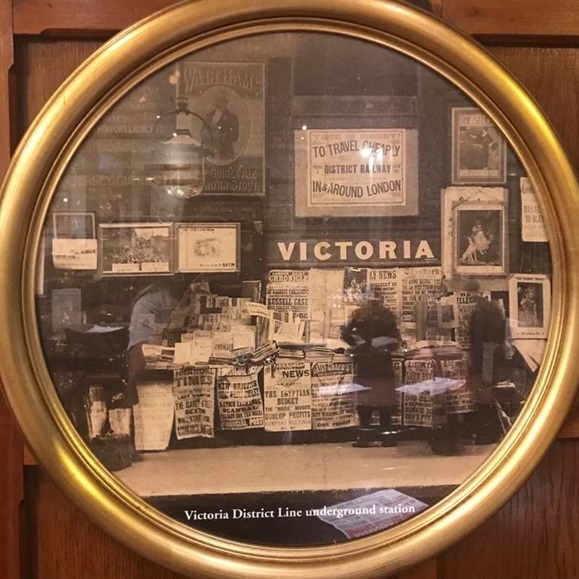
External photograph of the building – main entrance.
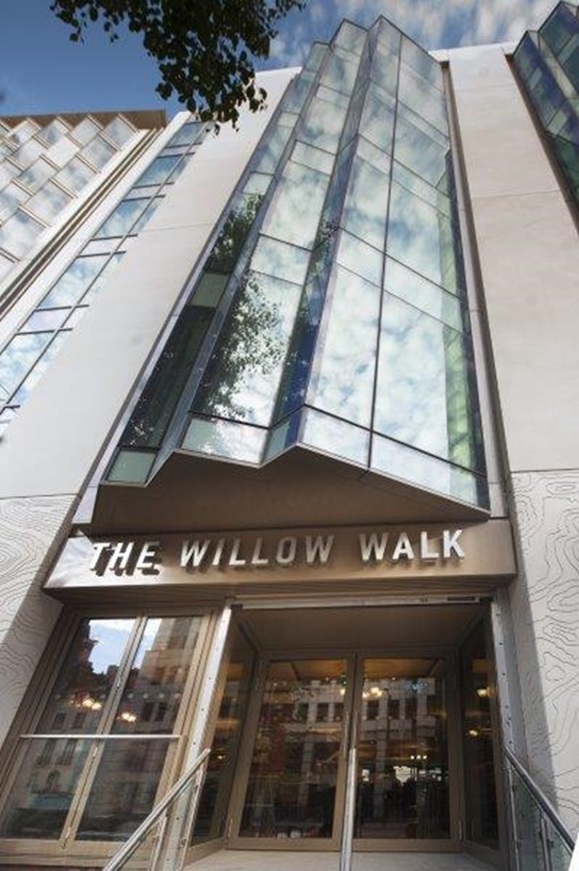
If you have information on the history of this pub, then we’d like you to share it with us. Please e-mail all information to: pubhistories@jdwetherspoon.co.uk